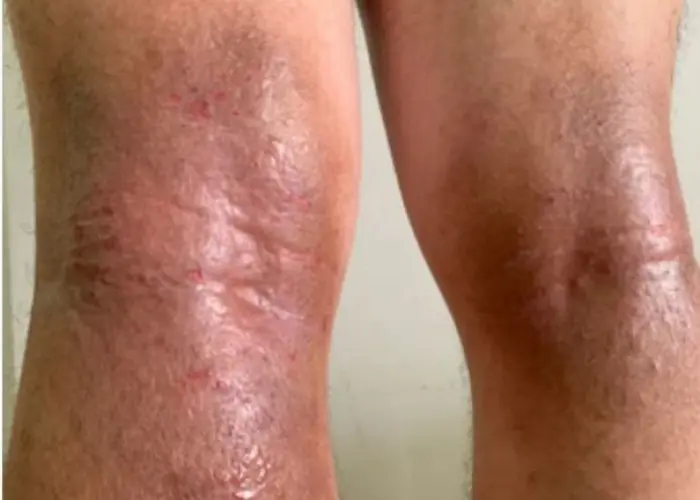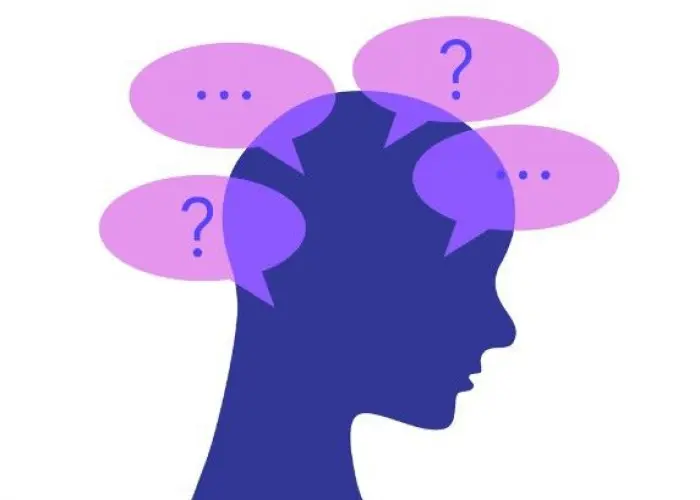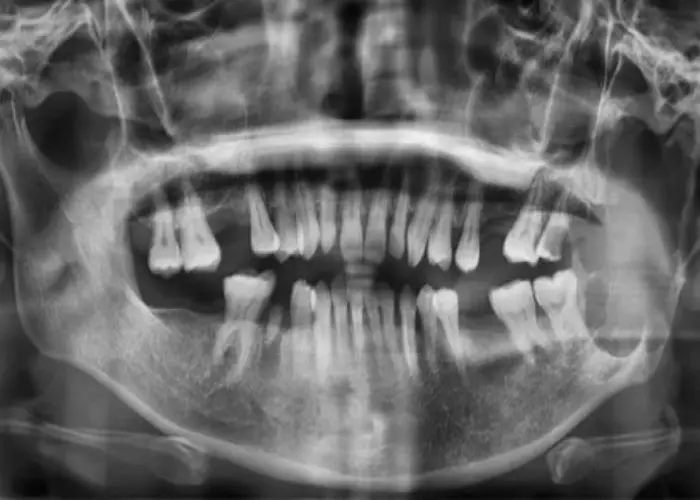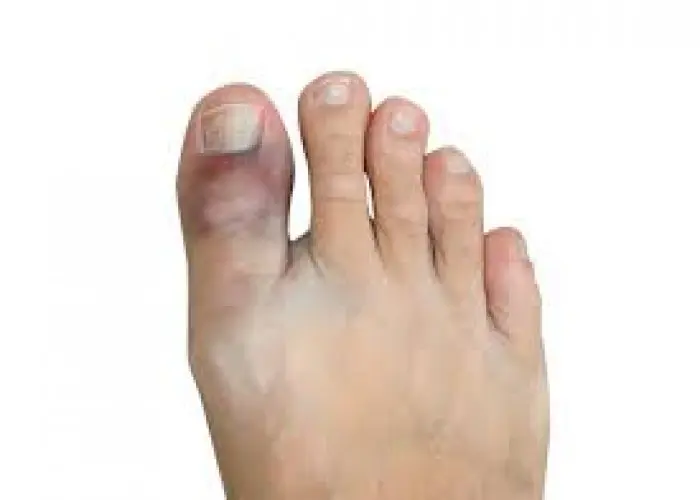 Welcome
Welcome
“May all be happy, may all be healed, may all be at peace and may no one ever suffer."
Atopic dermatitis (eczema)

Atopic dermatitis, also known as eczema, is a chronic skin condition characterized by dry, itchy, and inflamed skin. It is a type of allergic reaction that tends to run in families and is often associated with other atopic conditions, such as asthma and hay fever.
Symptoms of atopic dermatitis can vary in severity and frequency, but typically include dry, red, and itchy skin that may blister, ooze, or become infected. The itching can be intense and interfere with sleep and daily activities.
Atopic dermatitis is usually diagnosed based on a combination of symptoms and a medical history, including a family history of atopic conditions. There is no cure for atopic dermatitis, but there are many treatments available to manage symptoms and prevent flare-ups. These may include over-the-counter or prescription creams and ointments, antihistamines, phototherapy, and in severe cases, systemic medications.
In addition to medical treatments, lifestyle changes, such as avoiding triggers, moisturizing regularly, and reducing stress, can help manage symptoms and prevent flare-ups. It is also important to work with a healthcare provider to develop a personalized treatment plan and monitor symptoms over time.
Research Papers
Disease Signs and Symptoms
- Dry skin
- Itching
- Dry scaly skin
- Swollen skin
- Itching, which may be severe, especially at night
- Eczema
Disease Causes
Atopic dermatitis (eczema)
Healthy skin helps retain moisture and protects you from bacteria, irritants and allergens. Eczema is related to a gene variation that affects the skin's ability to provide this protection. This allows your skin to be affected by environmental factors, irritants and allergens.
In some children, food allergies may play a role in causing eczema.
Disease Prevents
Atopic dermatitis (eczema)
The following tips may help prevent bouts of dermatitis (flares) and minimize the drying effects of bathing:
- Moisturize your skin at least twice a day. Creams, ointments and lotions seal in moisture. Choose a product or products that work well for you. Using petroleum jelly on your baby's skin may help prevent development of atopic dermatitis.
- Try to identify and avoid triggers that worsen the condition. Things that can worsen the skin reaction include sweat, stress, obesity, soaps, detergents, dust and pollen. Reduce your exposure to your triggers.
- Infants and children may experience flares from eating certain foods, including eggs, milk, soy and wheat. Talk with your child's doctor about identifying potential food allergies.
- Take shorter baths or showers. Limit your baths and showers to 10 to 15 minutes. And use warm, rather than hot, water.
- Take a bleach bath. The American Academy of Dermatology recommends considering a bleach bath to help prevent flares. A diluted-bleach bath decreases bacteria on the skin and related infections. Add 1/2 cup (118 milliliters) of household bleach, not concentrated bleach, to a 40-gallon (151-liter) bathtub filled with warm water. Measures are for a U.S.-standard-sized tub filled to the overflow drainage holes.
- Soak from the neck down or just the affected areas of skin for about 10 minutes. Do not submerge the head. Take a bleach bath no more than twice a week.
- Use only gentle soaps. Choose mild soaps. Deodorant soaps and antibacterial soaps can remove more natural oils and dry your skin.
- Dry yourself carefully. After bathing gently pat your skin dry with a soft towel and apply moisturizer while your skin is still damp.
Disease Treatments
Atopic dermatitis can be persistent. You may need to try various treatments over months or years to control it. And even if treatment is successful, signs and symptoms may return (flare).
It's important to recognize the condition early so that you can start treatment. If regular moisturizing and other self-care steps don't help, your doctor may suggest one or more of the following treatments:
Medications
- Creams that control itching and help repair the skin. Your doctor may prescribe a corticosteroid cream or ointment. Apply it as directed, after you moisturize. Overuse of this drug may cause side effects, including thinning skin.
- Other creams containing drugs called calcineurin inhibitors — such as tacrolimus (Protopic) and pimecrolimus (Elidel) — affect your immune system. They are used by people older than age 2 to help control the skin reaction. Apply it as directed, after you moisturize. Avoid strong sunlight when using these products.
- These drugs have a black box warning about a potential risk of cancer. But the American Academy of Allergy, Asthma & Immunology has concluded that the risk-to-benefit ratios of topical pimecrolimus and tacrolimus are similar to those of most other conventional treatments of persistent eczema and that the data don't support the use of the black box warning.
- Drugs to fight infection. Your doctor may prescribe an antibiotic cream if your skin has a bacterial infection, an open sore or cracks. He or she may recommend taking oral antibiotics for a short time to treat an infection.
- Oral drugs that control inflammation. For more-severe cases, your doctor may prescribe oral corticosteroids — such as prednisone. These drugs are effective but can't be used long term because of potential serious side effects.
- Newer option for severe eczema. The Food and Drug Administration (FDA) has recently approved a new, injectable biologic (monoclonal antibody) called dupilumab (Dupixent). It is used to treat people with severe disease who do not respond well to other treatment options. This is a newer medication, so it doesn't have a long track record in terms of how well it helps people. Studies have shown it to be safe if used as directed. It is very expensive.
Therapies
- Wet dressings. An effective, intensive treatment for severe atopic dermatitis involves wrapping the affected area with topical corticosteroids and wet bandages. Sometimes this is done in a hospital for people with widespread lesions because it's labor intensive and requires nursing expertise. Or, ask your doctor about learning how to do this technique at home.
- Light therapy. This treatment is used for people who either don't get better with topical treatments or who rapidly flare again after treatment. The simplest form of light therapy (phototherapy) involves exposing the skin to controlled amounts of natural sunlight. Other forms use artificial ultraviolet A (UVA) and narrow band ultraviolet B (UVB) either alone or with medications.
- Though effective, long-term light therapy has harmful effects, including premature skin aging and an increased risk of skin cancer. For these reasons, phototherapy is less commonly used in young children and not given to infants. Talk with your doctor about the pros and cons of light therapy.
- Counseling. Talking with a therapist or other counselor may help people who are embarrassed or frustrated by their skin condition.
- Relaxation, behavior modification and biofeedback. These approaches may help people who scratch habitually.
Infant eczema
Treatment for eczema in babies (infantile eczema) includes:
- Identifying and avoiding skin irritants
- Avoiding extreme temperatures
- Lubricating your baby's skin with bath oils, creams or ointments
See your baby's doctor if these measures don't improve the rash or if the rash looks infected. Your baby may need a prescription medication to control the rash or to treat an infection. Your doctor may also recommend an oral antihistamine to help lessen the itch and to cause drowsiness, which may be helpful for nighttime itching and discomfort.
Disease Diagnoses
Disease Allopathic Generics
-
Gentian Violet
After washing the young/old/wet/dry wounds, Genteon violet 2% should be applied 2/3 times a day and dried.
-
Calamine + Zinc Oxide + Glycerine
Apply calamine lotion twice a day after drying.
-
Betamethasone
Steroid মলমে দ্রুত সাড়া দেয়।
-
Betamethasone Valerate
2 times a day. Calamine lotion should be applied to the sores after drying.
-
Dexamethasone
2 times a day.
-
Clobetasol Propionate (Topical Preparation)
That eczema is great/ unruly/. Medicines containing clobetasone propionate do not respond readily.
2/3 times a day.
-
Hydrocortisone
Medicines containing hydrocortisone acetate can be given if there is a bacterial infection.
2/3 times a day.
-
Oxytetracycline
Medicines containing oxytetracycline for bacterial infections.
Adults 2 ml.
1 time daily or every 12 hours for 5 days.
-
Flucloxacillin Sodium
1+1+1+1 or 1+1+1 Boy/Girl (500mg)
-
Promethazine Hydrochloride
1 pill 3 times a day.
-
Levocetirizine Dihydrochloride
0+0+1.
-
Desloratadine
0+0+1.
-
Hydroxyzine Hydrochloride
1 pill 3/4 times a day.
-
Ketoconazole (Tablet)
Medicines containing conazole to help kill parasites that cause skin diseases.
0+0+1 after food (7-10 days)
-
Prednisolone
Prednisolone if there is no response to conazole.
1+1+1.
-
Clobazam
Medicines containing clobazam for anxiety.
0+0+1.
-
Trifluoperazine
Medicines containing clobazam for anxiety.
1+0+1.
-
Nortriptyline
Medicines containing clobazam for anxiety.
1+0+1.
Disease Ayurvedic Generics
Disease Homeopathic Generics
-
Petroleum
6, 30 strength.
-
Alumen
30, 200 strength.
-
Anacardium
30, 200 strength.
-
Borax
30, 200 strength.
-
Baryta carbonica
30, 200 strength.
-
Arsenicum
6, 30 strength.
-
Aurum metalicum
200, 1000 power.
-
Arsenicum iodatum
3X power.
-
Tellurium
30, 200 strength.
-
Psorinum
30, 200 strength.
-
Sulphur
30, 200 strength.
-
Calcarea carbonica
6X strength.
-
Hepar sulphur
3X strength.
-
Syphillinum
30, 200 strength.
-
Sepia
30, 200 strength.
-
Rhus toxicodendron
30, 200 strength.
-
Thuja occidentalis
200, 1000 power.
-
X- ray
200, 1000 power.
-
Tuberculinum
200 power.
-
Graphites
30, 200 strength.
-
Dulcamara
6, 30 strength.
-
Lycopodium clavatum
30 strength.
-
Mezereum
30 strength.
-
Mercurius solubilis
30 strength.
Disease yoga
Atopic dermatitis (eczema) and Learn More about Diseases

Toxoplasmosis

Reactive arthritis

Generalized anxiety disorder

Ameloblastoma

Broken toe

Ringworm (scalp)

Autoimmune hepatitis

Chronic myelogenous leukemia
Atopic dermatitis eczema, Dermatitis atopic, Atopic eczema, অ্যাটোপিক ডার্মাটাইটিস (একজিমা)
To be happy, beautiful, healthy, wealthy, hale and long-lived stay with DM3S.


